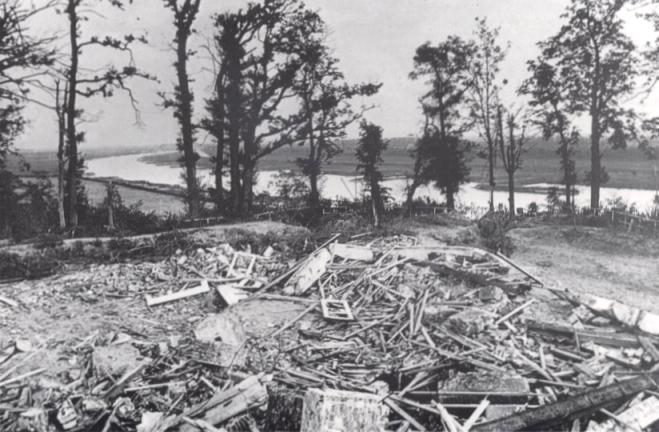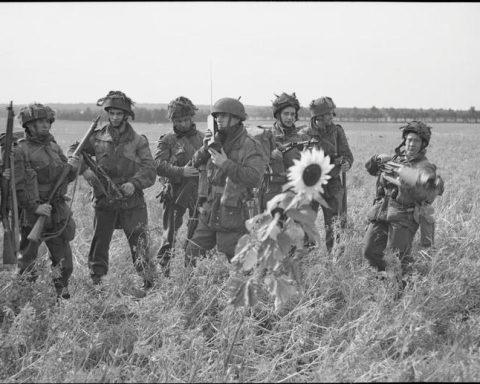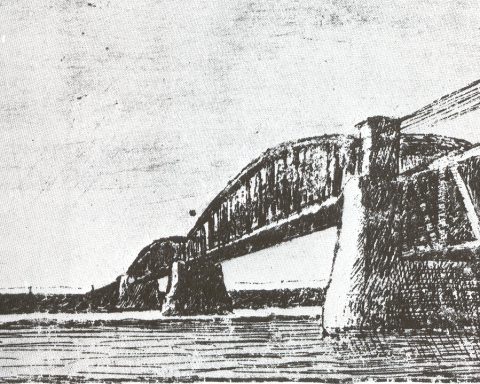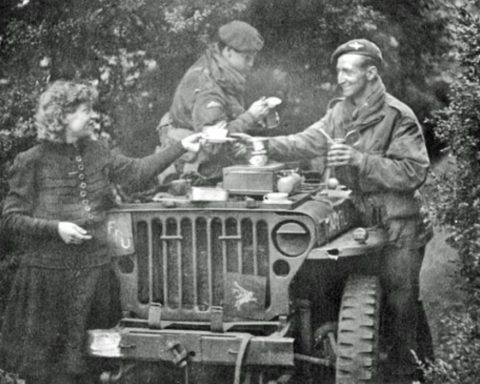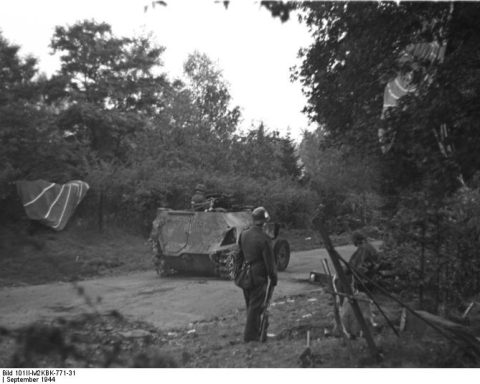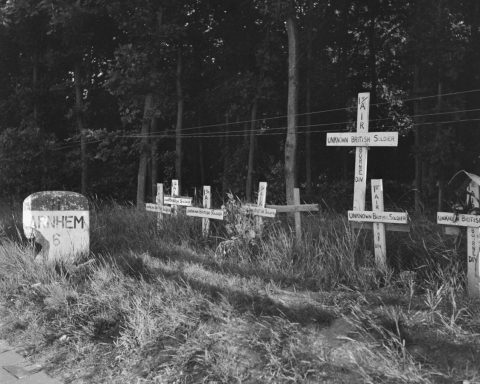In an attempt to relieve the besieged Airborne Division in Oosterbeek and expand the bridgehead on the north side of the Rhine, General Horrocks, the commander of XXX Corps, ordered a crossing at the Driel ferry on Sunday, September 24.
The Westerbouwing was located on the north side of the Drielse veer; a steep hill that was in German hands. However, the bank connection at the Drielse Veer was necessary for the Allies if they wanted to expand the bridgehead on the north side of the Rhine.
The attack on the Westerbouwing would take place in two parts. First the battalion of the 4th Dorset Regiment would make the crossing. Afterwards, the 1st battalion of the Polish Parachute Brigade would also cross the Rhine in boats to the Westerbouwing.
The two battalions then had to climb the hill of the Westerbouwing and conquer the German positions on the Westerbouwing. Contact would then be made to the east with the British at Oosterbeek.
Major objections
That afternoon in Valburg, Polish general Sosabowski had heard about the attack for which he had to give up a battalion. Sosabowski had stated in clear words during the meeting in Valburg that he had strong objections to the attack.
According to Sosabowski, the German defense on the Westerbouwing was too strong, the attack too weak and the Germans had a clear field of fire from the Westerbouwing on the crossing boats on the Rhine. According to him, the attack would end in a fiasco in which many soldiers would die unnecessarily.
But Horrocks refused to change his plans. The attack went ahead as he had planned together with British General Ivor Thomas of the 43rd Wessex Division.
The crossing was originally scheduled to begin at 10 p.m., but due to a lack of boats the attack was delayed by three hours. A number of the boats intended for the crossing at Driel had ended up in German hands due to some stupidity.
Some of the trucks with boats had taken a wrong turn near Lent, causing them to drive straight through the German lines. The Germans allowed the convoy of trucks to continue to Elst. The trucks were forced to stop there.
The Germans hoped that the trucks were carrying British cigarettes, but were disappointed to discover that the trucks contained only a number of rubber boats.
Nine rubber boats
At 1 am there were ultimately only nine rubber boats and three DUKW amphibious vehicles in Driel to make the crossing. However, the attack was launched anyway. Due to the lack of boats, the battalion’s crossing with Polish soldiers was canceled. Only the Dorsets would cross.
The attack was supported by a heavy artillery bombardment from the Westerbouwing. However, the shelling also resulted in several houses in the area catching fire. Due to the red glow of the fire, the Germans quickly discovered the crossing boats on the Westerbouwing. The river was then illuminated with flares, giving the German machine guns a good view of the soldiers in the boats.
At least one boat sank due to machine gun fire. As a result of heavy machine gun fire, the decision was made to stop the attack as early as 2:15 am. At that time approximately 315 soldiers had been transferred from the Dorsets.
The current of the river had swept away quite a few boats, leaving most Dorsets scattered on the north side of the Rhine, unable to make contact with other Dorsets. Most of the groups of soldiers decided to climb the hill and see if they would encounter other Dorset units there.
Prisoner of war
War Soldier Aubrey Steirn is quoted in the book ‘Arnhem’ by Martin Middlebrook:
“At dawn we decided to venture further into the woods and try to contact other members of the battalion. I was leading the way when a machine gun opened fire on me from close range. I fell over and must have been unconscious for a short time.
My shoulder was badly bruised by a grazing shot. In the meantime the German had been dealt with and we moved on. We encountered more men from our unit and engaged German trenches. We held out until we were completely surrounded.”
This soldier’s experience is characteristic of the entire Dorset attack on the Westerbouwing. The small pockets of Dorsets were no match for the German defenses, who combed the entire Westerbouwing and took more than 200 soldiers of the Dorset regiment prisoner.
After landing on the north bank of the Rhine, a group of Dorsets decided that it was wiser to join the British in Oosterbeek. They walked east along the bank of the Rhine, where they made contact with the defenders of the perimeter at the Reformed Church in Oosterbeek.
Fiasco
The attack via the Westerbouwing had ended in a fiasco, just as General Sosabowski had predicted. The Dorsets’ half-hearted attack left 13 soldiers dead. Fewer than a hundred men of the Dorsets managed to return to the south bank.
General Sosabowski had already told Lieutenant Jerzy Dyrda that day what he had said to General Boy Brwoning:
“If he had to cross just one river with his unit, he certainly wouldn’t have forgotten to take boats with him. let alone six large water hazards. In Nijmegen hundreds of trucks and even red cross vehicles had arrived, but no trucks with boats. Did all the generals forget the boats?”

